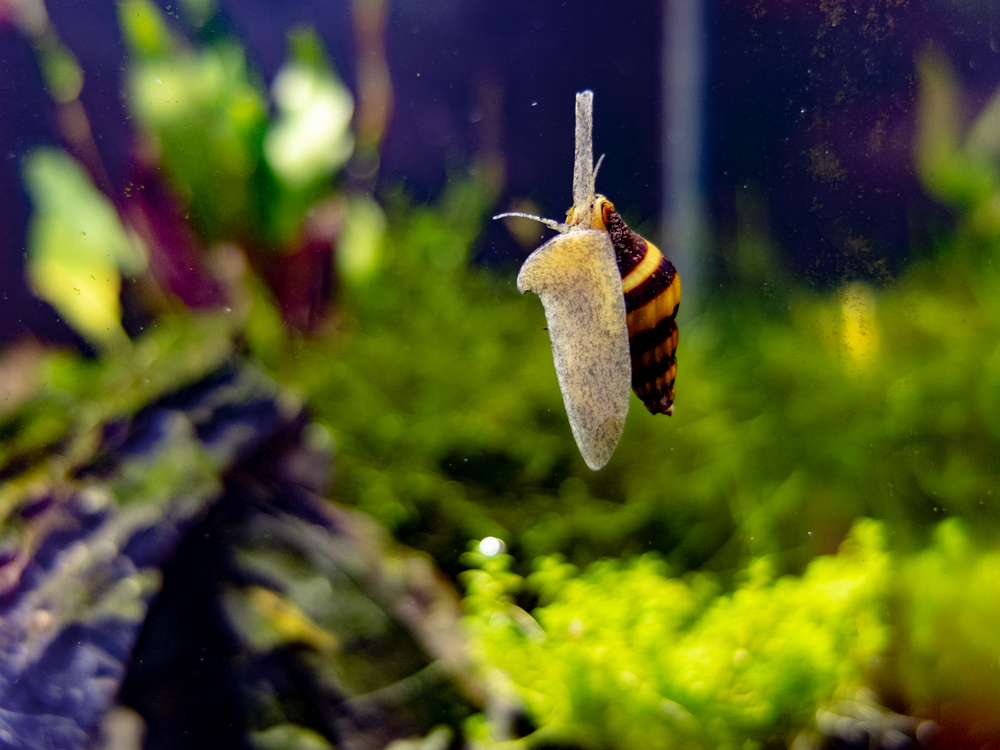Snails are fascinating creatures that have been around for millions of years. While they may not be the first animal that comes to mind when thinking about longevity, they are known for their remarkable lifespan.
In this article, we will explore how long do snails live, including the factors that can affect it as pets.
Snails are gastropods, which means they are a type of mollusk with a single, spiral shell. They come in a variety of sizes and colors and can be found in a wide range of habitats, from forests to deserts to oceans ad in our aquariums.
Contents
Key Takeaways on How Long Do Snails Live?
- Snails are gastropods with a single, spiral shell.
- They can be found in a variety of habitats and share certain characteristics, such as their slow movement and ability to retract into their shells.
- The lifespan of snails can vary depending on factors such as species, environment, and predators.
Also don’t miss:
Understanding Snails
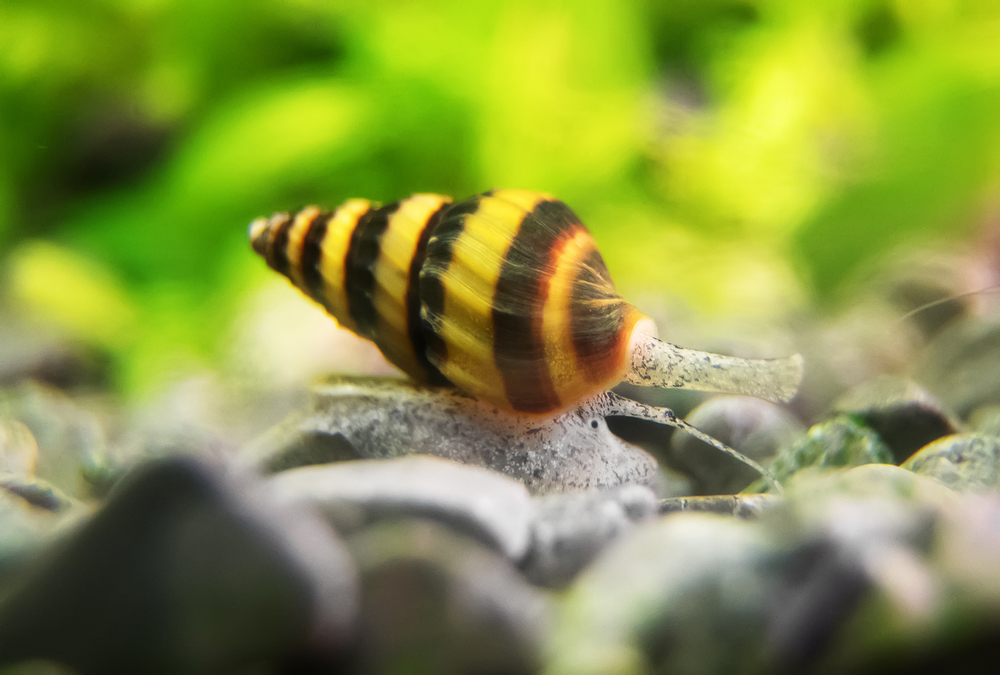
Snails are gastropod mollusks that belong to the phylum Mollusca. They are invertebrates, which means they do not have a backbone. Snails are found all over the world, including North America.
Snails have a soft body that is protected by a hard shell. The shell is made of calcium carbonate and is essential for their survival. Snails use their shells to protect themselves from predators, regulate their body temperature, and to provide a source of calcium for their bodies.
Snails are herbivores, which means they eat plants. They have a radula, which is a tongue-like organ covered in tiny teeth that they use to scrape and tear apart plant material.
Snails also have a muscular foot that they use to move around. They leave a slimy trail behind them, which helps them to move and also protects them from drying out.
The lifespan of a snail varies depending on the species. Some snails only live for a few months, while others can live for several years. The average lifespan of a snail is around 5-7 years. However, some species of snails have been known to live for up to 25 years in captivity.
Anatomy of Snails
1. Shell
The shell is a defining feature of snails. It is made up of calcium carbonate and is secreted by the mantle, a specialized tissue located on the snail’s back.
The shell serves as protection and support for the snail’s soft body. As the snail grows, its shell also grows, with new layers being added to the existing shell.
2. Eyes
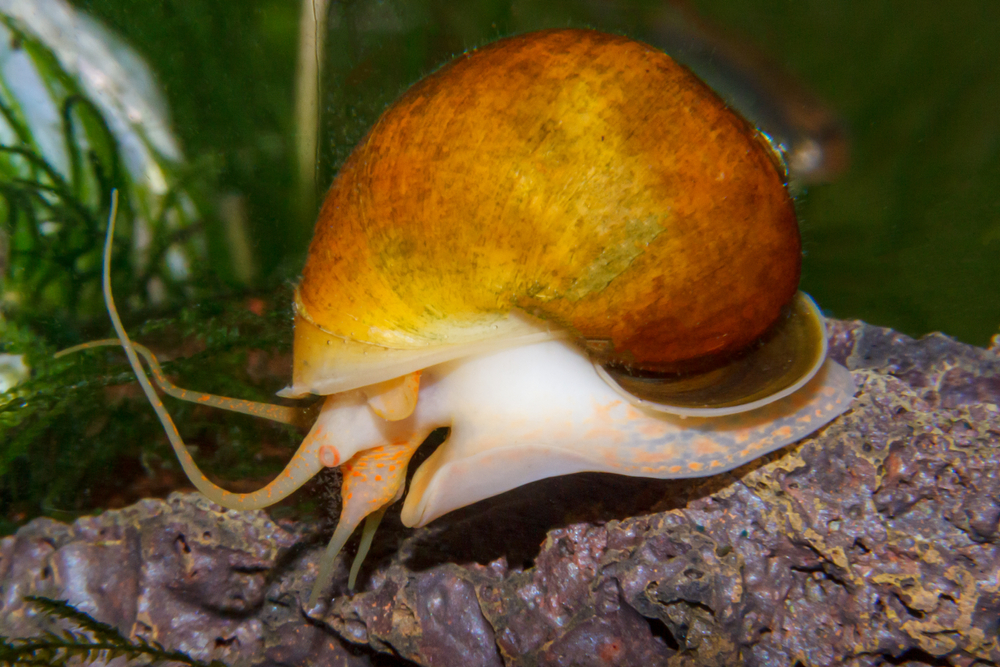
Snails have two pairs of eyes, with one pair located at the end of their long tentacles. These eyes are capable of detecting light and dark, as well as shapes and movement. The other pair of eyes are located on the snail’s head and are used to detect changes in light intensity.
3. Foot
The foot of a snail is a muscular organ that allows it to move. It is located on the underside of the snail and is capable of producing a slimy mucus that helps the snail slide along surfaces. The foot also contains the snail’s mouth and digestive system.
4. Tentacles
Snails have two pairs of tentacles, with the longer pair being used for sensing the environment and the shorter pair being used for smelling and tasting. The tentacles are retractable and can be pulled back into the snail’s body for protection.
5. Radula
The radula is a ribbon-like structure located inside the snail’s mouth. It is covered in rows of tiny teeth that are used for scraping and grinding food. Snails are herbivores and typically feed on plants and algae.
6. Lung
Snails have a specialized organ called a lung that allows them to breathe air. The lung is located inside the snail’s mantle cavity and is capable of extracting oxygen from the air.
7. Operculum

The operculum is a hard, plate-like structure located on the foot of some snails. It serves as a cover for the opening of the snail’s shell and helps to protect the snail from predators.
Life Cycle of Snails
Eggs and Hatching
Snails start their life cycle as tiny eggs, which are laid by adult snails in moist soil or other suitable habitats. The eggs are typically round and translucent, and they vary in color depending on the species.
Snails can lay hundreds of eggs at a time, and they usually bury them underground or in other hidden locations to protect them from predators.
After a few weeks, the eggs hatch into small snails, which are called hatchlings or juveniles. The young snails are very vulnerable at this stage, and they need to find suitable food and shelter to survive. They are also at risk of being eaten by birds, rodents, and other predators.
Adolescent Snails
As the young snails grow, they go through several stages of development before reaching maturity. During this period, they are referred to as adolescent snails. They continue to feed on vegetation and other organic matter, and they also develop their shells and reproductive organs.
Adolescent snails are still vulnerable to predators, but they are more mobile and can move faster than hatchlings. They also have a better chance of finding suitable habitats and mates.
Adult Snails

When snails reach maturity, they become sexually active and can reproduce. The timing of sexual maturity varies depending on the species, but it typically takes several months to a year for snails to reach this stage.
Adult snails continue to feed on vegetation and other organic matter, and they also mate and lay eggs. They are less mobile than adolescent snails, and they tend to stay in the same habitat for long periods of time.
Reproduction in Snails
Snails are hermaphrodites, meaning they have both male and female reproductive organs. However, they still require a partner to mate and fertilize their eggs.
During courtship, snails use their tentacles to touch and explore each other’s bodies. They then align themselves in a way that allows them to exchange sperm. This can take anywhere from a few minutes to several hours, depending on the species.
Once fertilized, snails lay their eggs in a small hole in the ground or in a gelatinous mass. The eggs hatch into small snails, which are fully formed and ready to begin life on their own.
Interestingly, some species of snails are able to self-fertilize, meaning they do not need a partner to reproduce. This is known as hermaphroditic self-fertilization and is a rare occurrence in the animal kingdom.
Habitats and Ecosystems
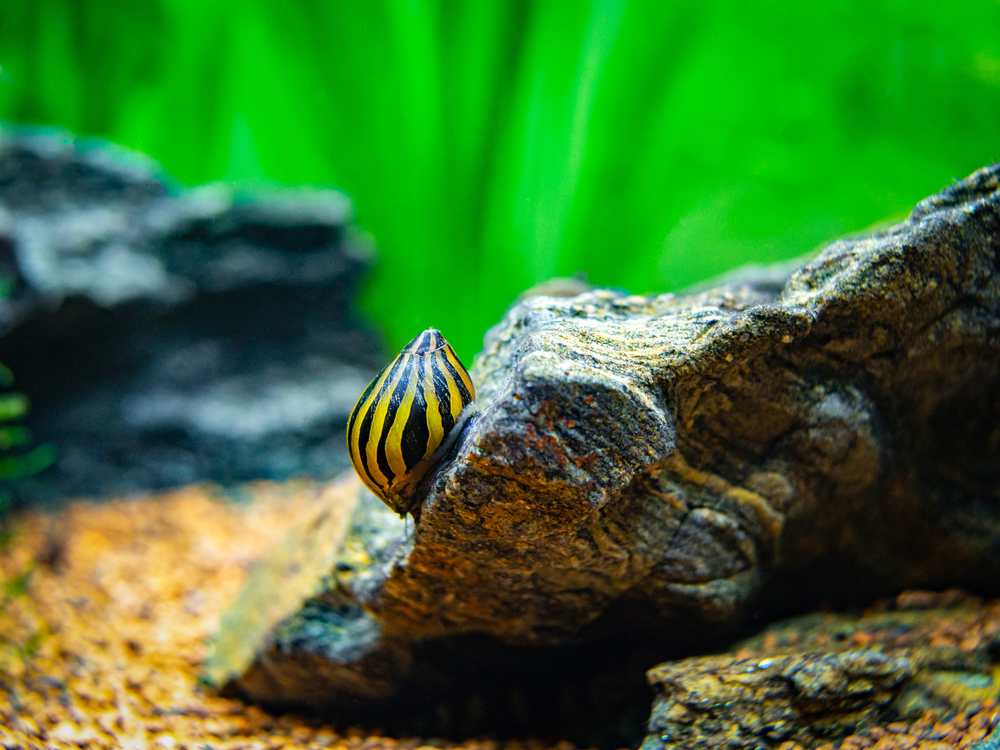
Terrestrial Habitats
Terrestrial snails can be found in a variety of habitats, including forests, grasslands, deserts, and wetlands. They are most commonly found in areas with high moisture levels, such as near rivers and streams, or in areas with high rainfall.
Terrestrial snails are also found in soil, where they play an important role in breaking down organic matter.
Aquatic Habitats
Aquatic snails are found in a variety of freshwater habitats, including lakes, ponds, streams, and rivers. They are also found in brackish water and estuaries.
Aquatic snails play an important role in freshwater ecosystems, where they help to break down organic matter and recycle nutrients.
Forests
Forests are home to a wide variety of snail species, including both terrestrial and arboreal snails. Terrestrial snails can be found in the leaf litter and soil, while arboreal snails are found on trees and other vegetation.
Forests provide a diverse range of habitats for snails, including moist, cool environments and dry, sunny habitats.
In general, snails are highly adaptable to their environmental conditions and can be found in a wide range of habitats. However, their survival is often dependent on the availability of moisture and suitable food sources.
Snails as Pests and Food
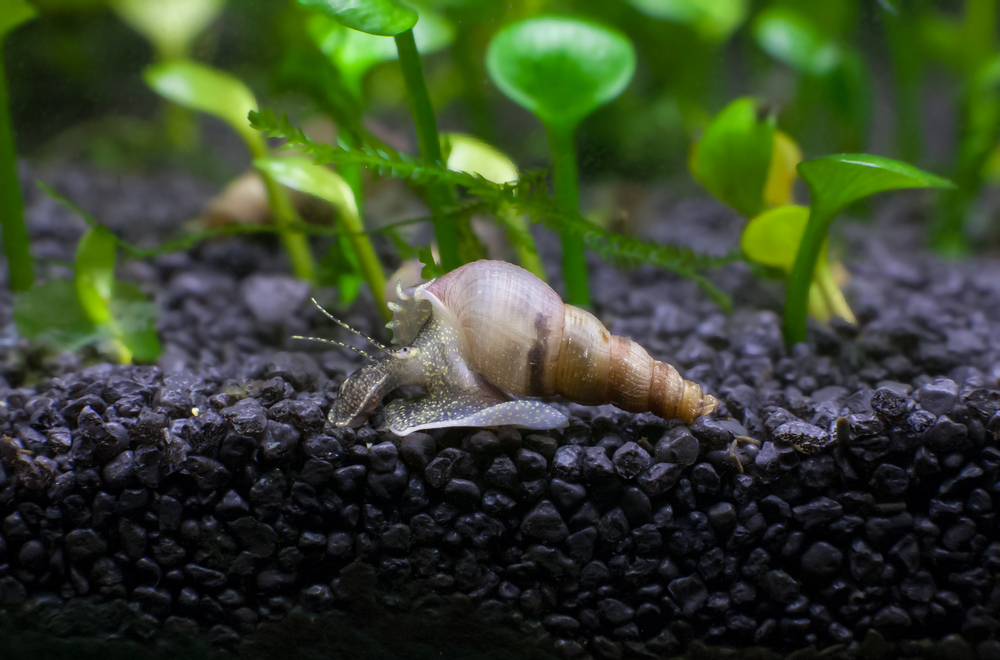
While snails can be fascinating creatures to observe, they can also be considered pests in certain situations. Garden snails, in particular, are known to feed on plants and can cause damage to gardens and crops.
They are especially fond of succulent plants and can quickly devour entire leaves.
To prevent snails from becoming a garden pest, there are several methods that can be used. One common method is to create barriers around garden beds using materials such as copper tape or crushed eggshells.
Another method is to use natural predators, such as ducks or chickens, to keep snail populations under control.Despite their reputation as pests, snails are also a popular food source in many cultures.
The most well-known dish made from snails is escargot, a French delicacy that involves cooking snails with garlic butter and herbs. However, snails are also consumed in other countries such as Greece, Spain, and China.
When it comes to preparing snails for consumption, it’s important to ensure that they are properly cleaned and cooked to avoid any potential health risks.
Snails can carry parasites and bacteria, so it’s recommended to purchase them from a reputable source and follow proper cooking techniques.
Snail Predators and Defense Mechanisms
Snails have a variety of natural predators, including birds, rats, lizards, and other animals that feed on them. While snails are not known for their speed or agility, they have evolved a number of defense mechanisms to protect themselves from these predators.
One of the most common defense mechanisms used by snails is their shells. Snails have hard, protective shells that they can retreat into when threatened.
The shells are made of calcium carbonate and are very strong, which makes it difficult for predators to break through them. Some snails also have a thick layer of mucus on their shells, which helps to deter predators by making them slippery and difficult to grasp.
Another defense mechanism used by snails is their ability to retract their bodies into their shells. When threatened, snails can quickly withdraw their bodies into their shells, making it difficult for predators to grab hold of them.
Some species of snails also have the ability to close their shells tightly, which provides even more protection from predators.
In addition to these physical defense mechanisms, snails also have a number of behavioral adaptations that help them avoid predators. For example, some species of snails are nocturnal and only come out at night when many of their predators are sleeping.
Others are able to camouflage themselves by blending in with their surroundings, making it more difficult for predators to spot them.
Despite these defense mechanisms, snails still face a number of threats from predators, parasites, and other factors.
In some areas, snail populations have declined due to habitat loss and other human activities. However, snails are still found in many parts of the world and continue to play an important role in their ecosystems.
Snail Behavior and Adaptations
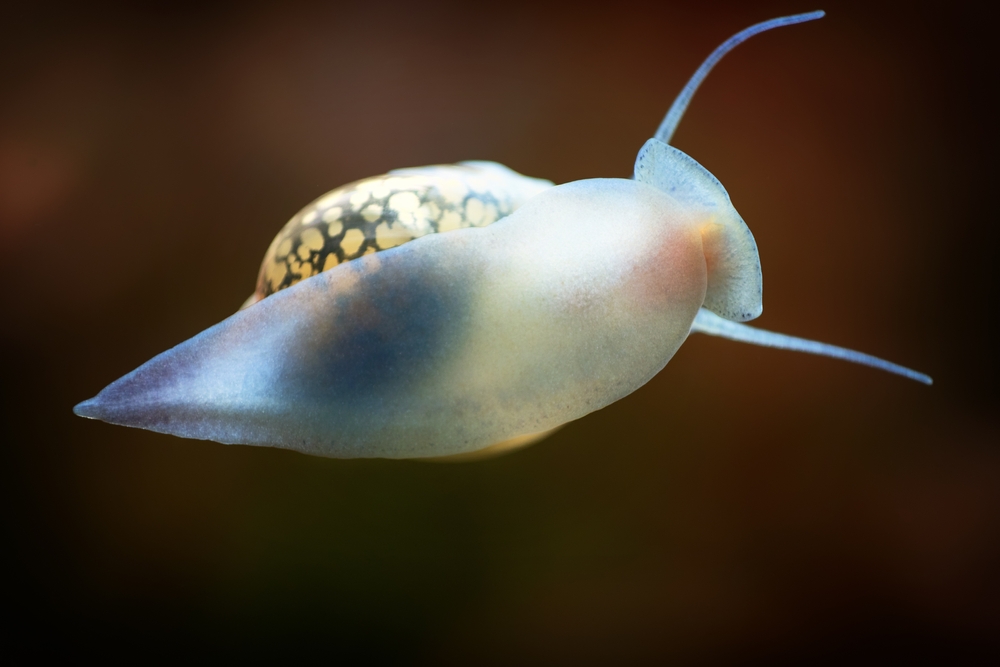
Estivation
Snails are known for their ability to survive in harsh environmental conditions. One of the ways they do this is through a process called estivation.
During periods of extreme heat or drought, snails will retreat into their shells and secrete a layer of mucus to prevent water loss. They will then enter a state of dormancy, reducing their metabolic rate and conserving energy until conditions improve.
Hibernation
Similarly, snails can also hibernate during periods of cold weather or low food availability. They will burrow into the soil or find a sheltered spot and enter a state of torpor, reducing their metabolic rate and conserving energy until conditions improve.
During hibernation, snails will also secrete a layer of mucus to prevent water loss.
Snails are also known for their nocturnal behavior, relying on their sense of smell to locate food and avoid predators. Their olfactory organs are located on the tips of their tentacles, allowing them to detect even faint odors in their environment.
In terms of speed, snails are not known for their agility. They move slowly, relying on their muscular foot and mucus secretion to slide along surfaces. However, they are well adapted to their environment and can navigate obstacles and climb vertical surfaces with ease.
Snails in Captivity
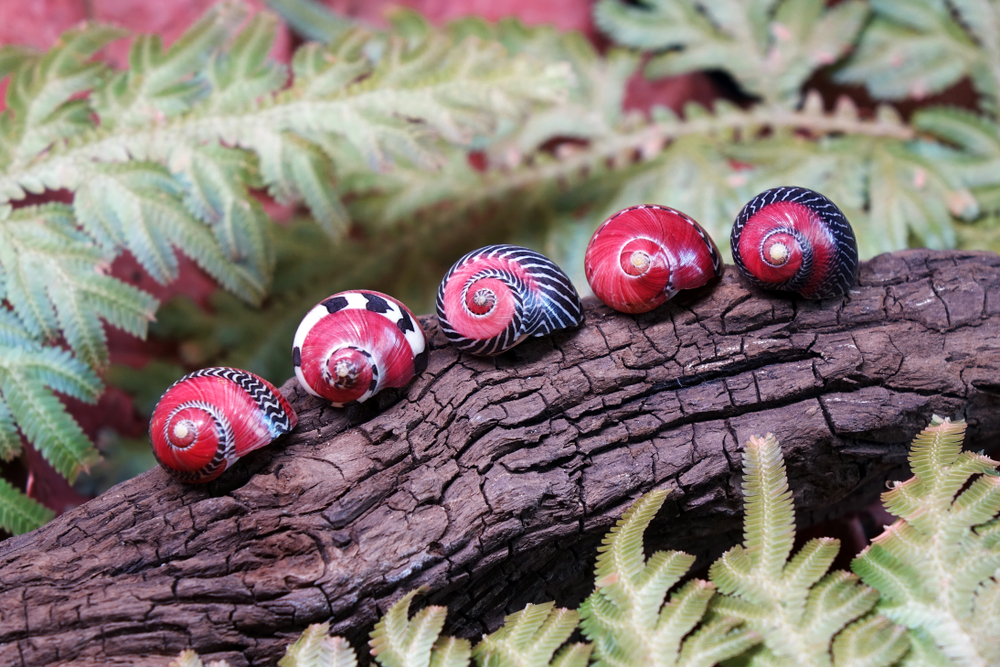
Snails are fascinating creatures that can be kept in captivity for various reasons. Some people keep them as pets, while others farm them for commercial purposes.
Snails are also commonly found in aquariums, where they help to maintain the ecosystem. In this section, we will discuss the different aspects of snails in captivity.
Housing
Snails require a suitable environment to thrive in captivity. The housing should be spacious enough for them to move around and contain a substrate that is moist and suitable for burrowing.
The temperature and humidity levels should also be maintained within the optimal range for the species of snail being kept.
Feeding
Snails are herbivores and require a diet rich in calcium to maintain their shells. They can be fed a variety of vegetables, fruits, and leafy greens. It is important to avoid feeding them anything that is toxic or harmful to their health.
Aquarium Snails

Snails are commonly found in aquariums, where they help to maintain the ecosystem by consuming algae and other debris. They are also fascinating to watch and can be kept as pets.
However, it is important to research the specific species of snail being kept to ensure that they are compatible with the other inhabitants of the aquarium.
Notable Snail Species
1. Giant African Snail
The Giant African Snail (Achatina achatina) is one of the largest land snails in the world, with an average length of 7-8 inches (18-20 cm) and weight of 8-10 ounces (227-283 g).
This species is native to East Africa but has been introduced to many other parts of the world, including Asia, the Caribbean, and the United States. The Giant African Snail is known for its voracious appetite and ability to reproduce quickly, making it a serious agricultural pest.
2. Cornu Aspersum
Cornu Aspersum, also known as the common garden snail, is a species of land snail that is native to the Mediterranean region but has been introduced to many other parts of the world, including North and South America, Asia, and Australia.
This species is widely used in culinary dishes and is also popular as a pet. The average lifespan of Cornu Aspersum is around 2-3 years.
3. Helix Aspersa
Helix Aspersa, also known as the brown garden snail, is another species of land snail that is native to the Mediterranean region but has been introduced to many other parts of the world.
This species is commonly found in gardens and is known for its distinctive spiral shell and slimy trail. The average lifespan of Helix Aspersa is around 2-3 years.
Lifespan of Snails
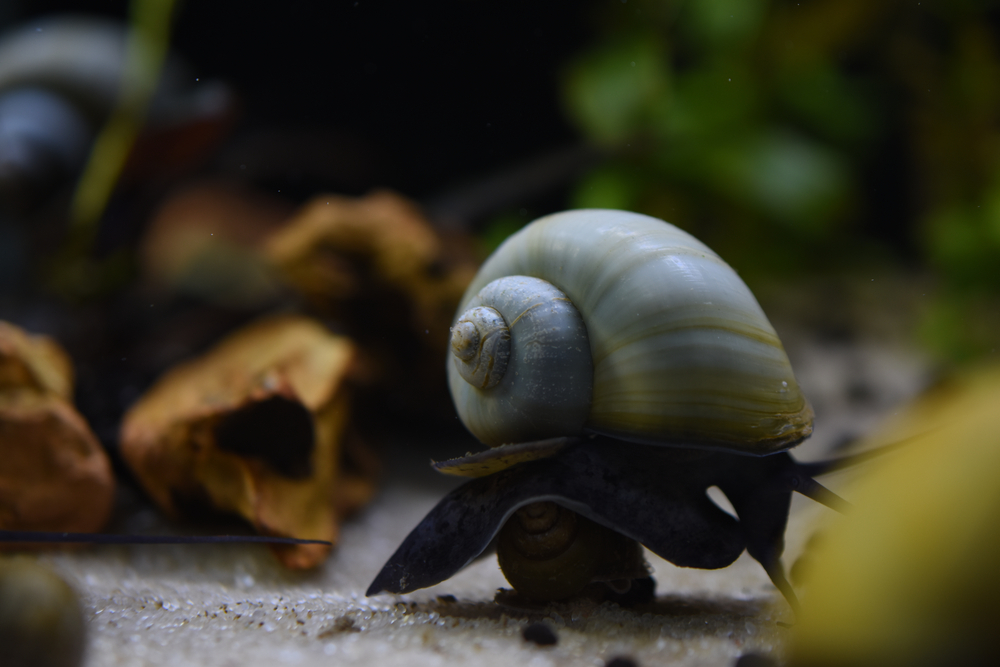
Snails are known for their slow movement and their ability to retract into their shells for protection. But how long do they actually live? The lifespan of a snail can vary depending on the species and the environmental conditions they live in.
On average, snails can live anywhere from 2 to 5 years. However, some species of snails have been known to live up to 25 years in captivity. The lifespan of a snail can also be influenced by factors such as temperature, humidity, and the availability of food and water.
One species of snail, the giant African land snail, has a particularly long lifespan. These snails can live up to 10 years in the wild and up to 15 years in captivity. This species is also known for its large size, with some individuals growing up to 8 inches in length.
It’s important to note that the lifespan of a snail can be impacted by human activity. For example, pollution and habitat destruction can have a negative effect on snail populations, reducing their lifespan and overall health.
In conclusion, the lifespan of a snail can vary depending on the species and environmental conditions they live in. While some species can live up to 25 years in captivity, most snails have an average lifespan of 2 to 5 years.
It’s important to protect snail habitats and reduce human impact on their populations to ensure their longevity in the wild.
Threats to Snail Populations
Snails are facing several threats that are endangering their populations. These threats range from natural predators to human activities. Here are some of the most significant threats to snail populations:
Predators
Snails have many natural predators, including birds, snakes, beetles, and rodents. These predators can significantly reduce snail populations, especially in areas where they are abundant.
Snails have a hard shell that protects them from most predators, but some predators have evolved to overcome this defense. For example, some birds have developed strong beaks that can crack open snail shells.
Habitat Destruction
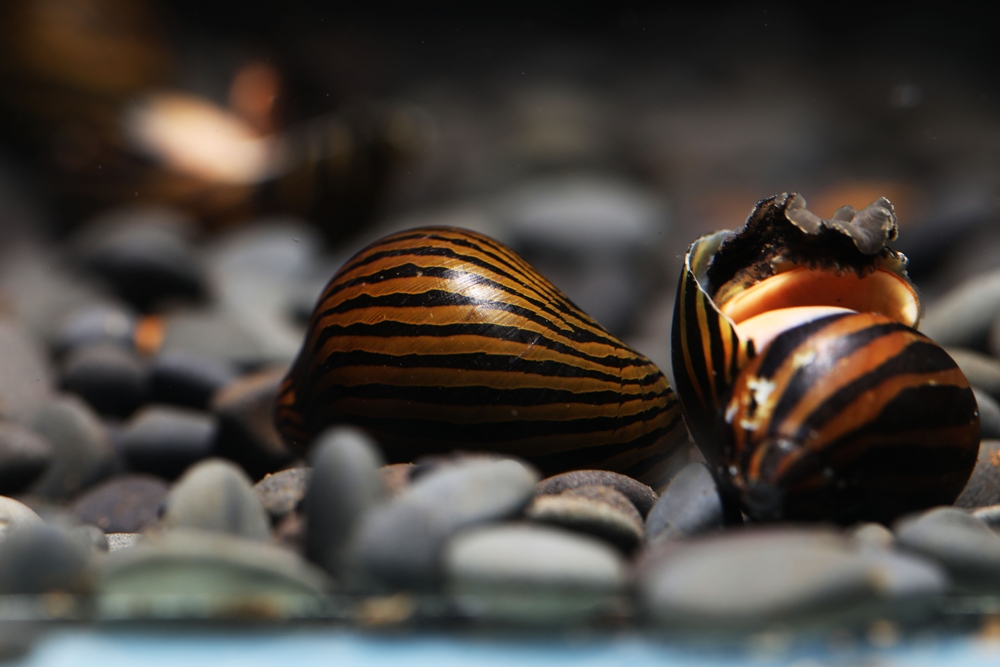
Habitat destruction is a significant threat to snail populations. Snails require specific habitats to survive, and any disruption to these habitats can have severe consequences.
For example, deforestation can destroy the leaf litter that snails depend on for food and shelter. Similarly, urbanization can destroy the natural habitats of snails, leaving them with nowhere to go.
Pollution
Pollution can also be a significant threat to snail populations. Snails are sensitive to changes in their environment, and pollution can harm them in several ways.
For example, exposure to saltwater can be deadly for freshwater snails, and pollution can alter the pH levels of their habitats, making it difficult for them to survive.
Overcollection
Overcollection is a significant threat to some species of snails. Some species are highly prized for their shells and are collected for decoration or as pets. Overcollection can severely reduce the populations of these species, making them vulnerable to extinction.
Extinction
Finally, snails are facing the threat of extinction. Many species of snails are already endangered, and some have already gone extinct.
This is due to a combination of factors, including habitat destruction, pollution, and overcollection. If these threats are not addressed, many more species of snails could be lost forever.
Conclusion

Snails can live for a considerable amount of time, with some species living up to 15 years in captivity. However, the lifespan of snails in the wild can vary greatly depending on a number of factors such as climate, predators, and availability of food and water.
It is important to note that while snails are generally hardy creatures, they do require proper care and attention in order to live a healthy and long life. This includes providing them with a suitable habitat, a balanced diet, and regular maintenance.
Frequently Asked Questions
What is the average lifespan of a garden snail?
The average lifespan of a garden snail is about 2 to 3 years. However, this can vary depending on the species and the environmental conditions they are exposed to.
Can snails live in water and if so, how long?
Snails can live in water for a short period of time, but they are not adapted to live in aquatic environments for long periods. Most snails will drown if they are submerged in water for too long.
How long do snails live in the wild?
The lifespan of a snail in the wild can vary depending on the species and the environmental conditions they are exposed to. Some snails can live up to 5 years in the wild, while others may only live for a few months.
What is the lifespan of a snail in captivity?
Snails can live longer in captivity than they do in the wild. With proper care and conditions, some snails can live up to 10 years in captivity.
What do snails eat and how does it affect their lifespan?
Snails are herbivores and eat a variety of plants. Their diet can affect their lifespan, as a healthy and balanced diet can help them live longer. Lack of food or poor nutrition can shorten their lifespan.
Is it possible to determine the age of a snail?
It is difficult to determine the exact age of a snail, as they do not have obvious signs of aging like wrinkles or gray hair. However, scientists can estimate their age by counting the number of growth rings on their shells.

Ian Sterling, founder of Fishlab.com, began his aquarium journey over 30 years ago, driven by a deep fascination for fish and their diverse personalities. His website, Fishlab.com, is dedicated to making fishkeeping accessible and enjoyable, offering beginner-friendly guidance, expert insights, and a community for aquarists to connect and share experiences.


